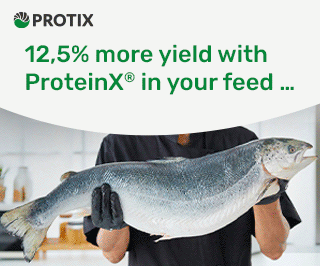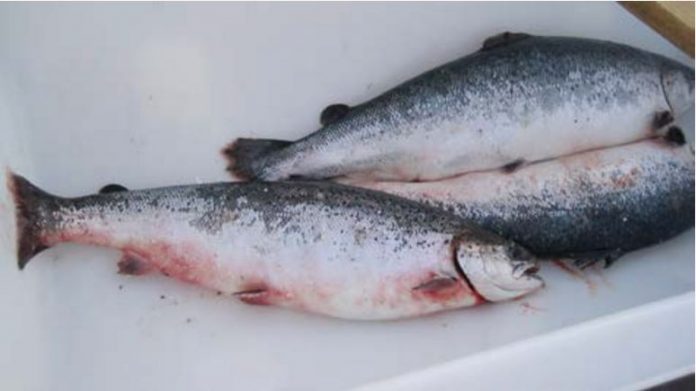University of Bergen Researcher, Are Nylund, says the industry needs to clean-up its act to stop the deadlly infectious salmon anaemia virus, ISA, or risk seeing import bans.
Nylund, a professor at the institute for biological science at the University of Bergen, was met by a slightly embarrassing conference musical number, as he entered the scene at the Akva aquaculture conference in Bergen. His speech would be more grave than those heard earlier at the networking event.
ISA is a deadly disease for salmon and trout, and in 2017 Norwegian grow-outs experienced 10 outbreaks of the virus along a coast as long as the West Coast of the United States. The virus is no danger to humans, and it’s a fish-health concern, not a food safety issue.
Infected eggs
Even smaller outbreaks, however, could precipitate big-power consequences. Russia or China, Nyland said, could use ISA fears could be used as a pretext for stopping imports from Norway. “This is a virus that can be used as an argument for introducing a block on trade, not because they’re afraid of the virus itself, but because they want to hinder imports of Norwegian fish,” Nylund asserted.
In 2014, China stopped imports of whole Norwegian salmon because Chinese food safety officials demanded ISA guarantees that Norway’s Food Safety Authority couldn’t give.
When Norway exported salmon eggs to Chile between 1995 and 2008, a virus was confirmed to be spreading through salmon along the Chilean littoral.
Tissue samples showed the virus was identical with those in Norwegian aquaculture. Nylund concluded that a Norwegian brood-stock firm had send infected eggs to Chile.
“The virus had moved from Norway to Chile. You might want to believe that God put two identical viruses in two places, but research doesn’t operate with God,” Nylund asserted.
The price to pay
Nylund said he’s documented that the virus spreads down through generations, as opposed to the popular belief that the virus is transferred “sideways”. The discovery could lead to a solution, Nylund said, adding that the industry itself needs to seize the opportunity.
“This is an opportunity to do something about it, by going in and screening for the virus in the brood fish. The potential for infection from Norwegian fish should be minute,” Nylund said.
“The industry has the opportunity, here, to go in and work with brood fish. We need to ensure the brood is free of infection. It’s cost the industry must incur.”



